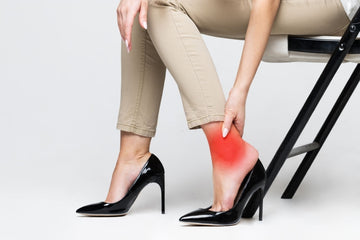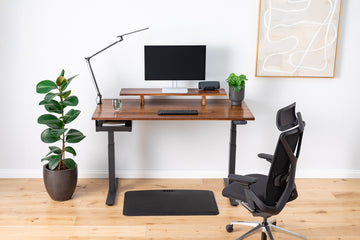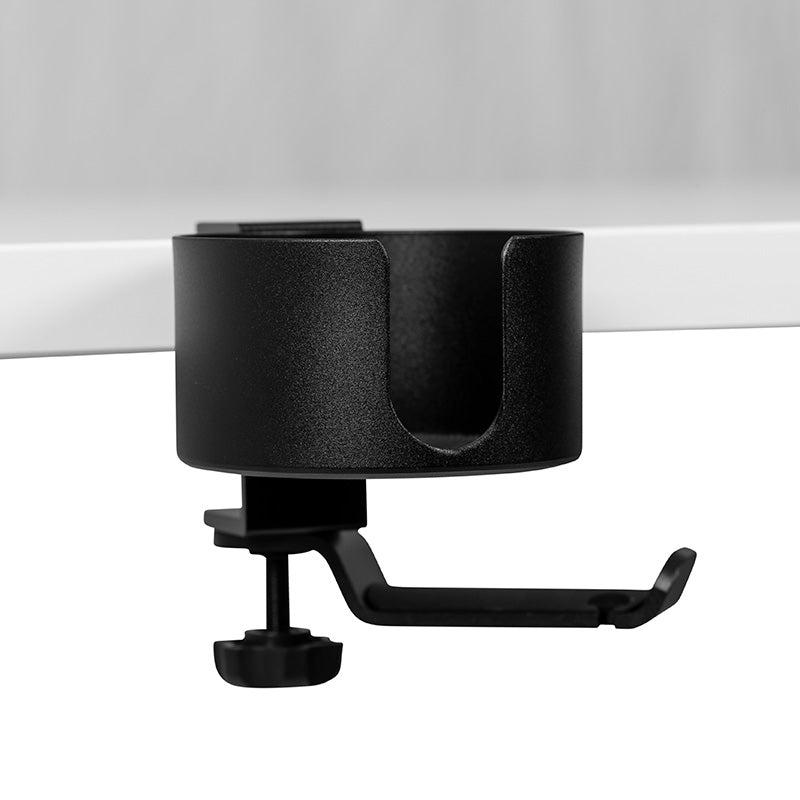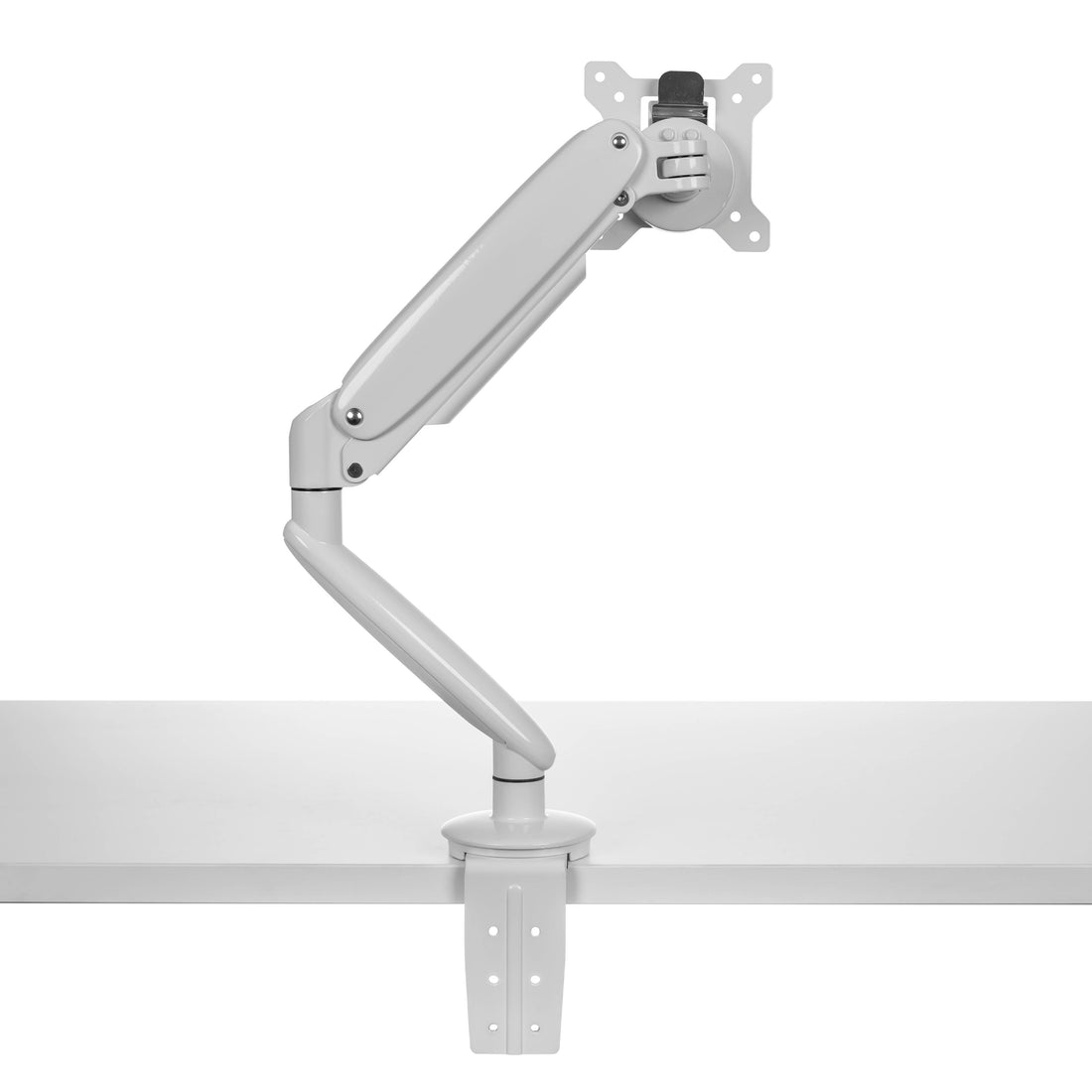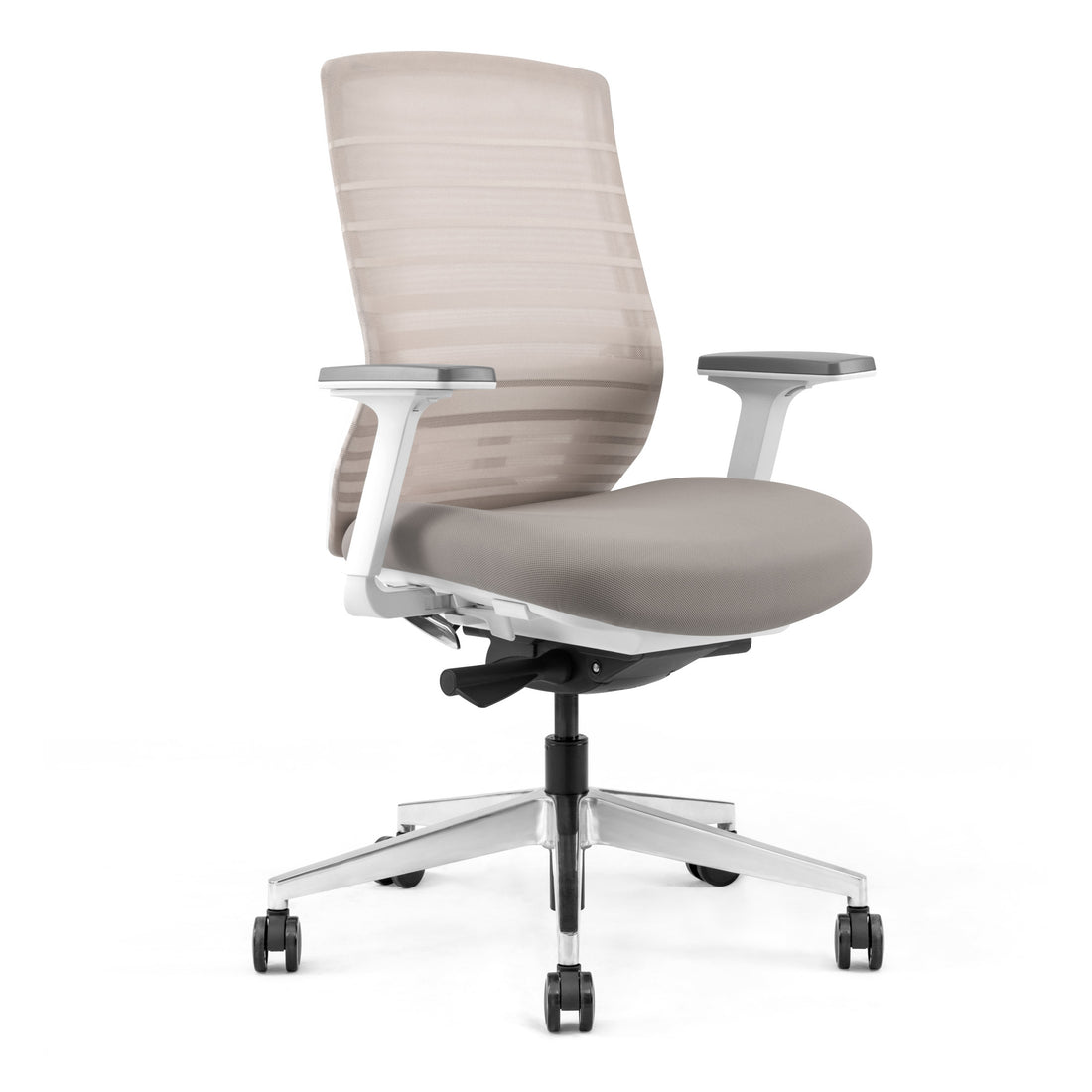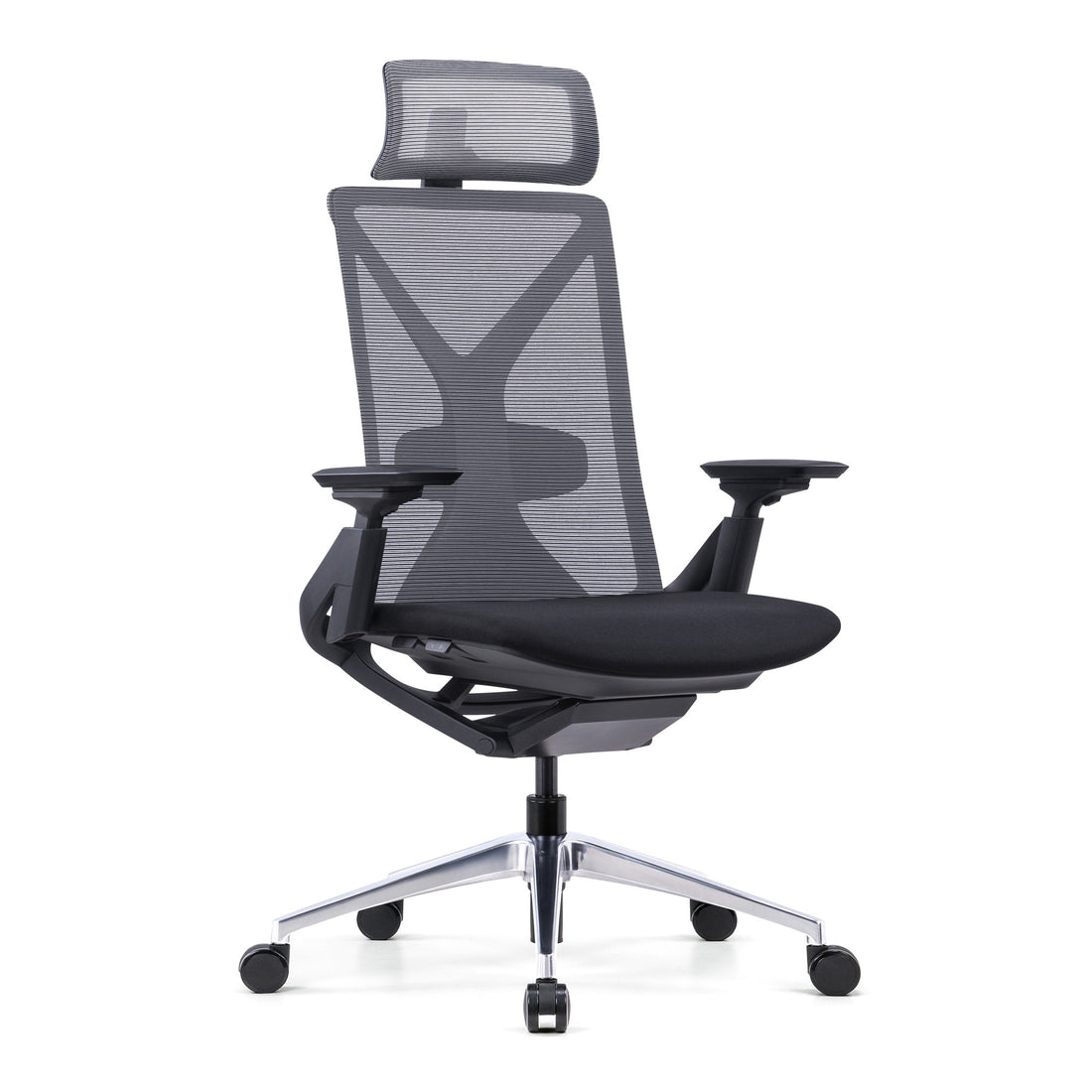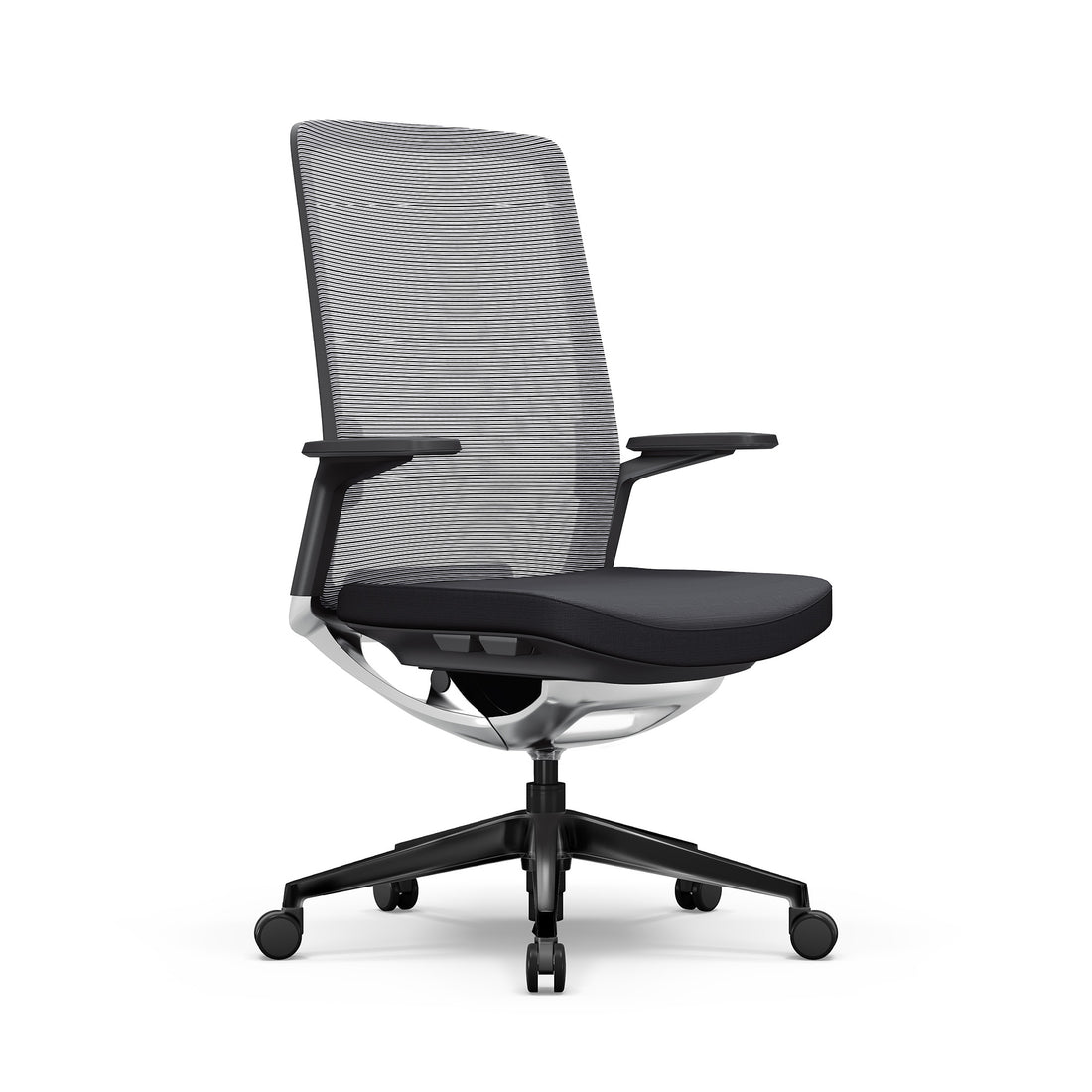Are your ankles swelling from your desk? Whether you're using a standing only desk or a height adjustable stand up desk, one thing is for sure. If you're spending too long standing, you'll develop foot pain and swelling rapidly. Don't worry - today, we're going to cover the standing desk swollen ankles causes you need to be aware of - along with prevention and treatment tips.
Thanks to recent research monitoring the health of people at work, many of us have become keenly aware of the negative health implications of sitting behind a desk all day. This, in turn, has driven interest towards standing desks and everything they provide.
But many people are concerned about the relationship between swollen ankles, as well as other ailments like heel pain at a standing desk.
In this article, we take a look at what could be causing painful, swollen ankles at your standing desk and what you can do to avoid it.
What Causes Standing Desk Swollen Ankles?
Swelling of the calves and ankles can occur as a result of standing for too long. This is due to gravity causing the blood to pool at your legs and feet. The water in your blood leaks into the tissue, which leads to pain and swelling. And eventually, this can contribute to varicose veins - which can be rather unsightly.
Thankfully, an adjustable-height desk is a simple solution. By allowing yourself to both sit-down and stand up whenever you feel uncomfortable, you’ll quickly improve your posture, circulation, and productivity. You just need to keep track of how long you're standing - because just as prolonged sitting is harmful, so is prolonged standing. You should shoot for an equal amount of sitting and standing time every day, and alternate between sitting and standing every 30-60 minutes. We'll cover this more in depth below as we take a look at how to treat this ailment.
How To Avoid Swollen Ankles From Standing Desks
As we promised, here are the best ways to avoid swollen ankles from standing desks. You can invest in an anti-fatigue mat, wear compression socks, optimize your footwear for foot health, and implement proper posture. Of course, avoiding standing for too long - or sitting for too long - goes a long way as well. Let's start by talking about using compression socks to prevent or treat standing desk swollen ankes.
Compression Socks
Compression socks are specially made to prevent swelling and maintain good blood flow in your legs and feet. They work by applying a gentle pressure to your legs which improves blood flow, prevents discomfort and helps you avoid getting ailments such as varicose veins.
Comfortable Footwear
It's important to be mindful of your footwear if you work a job that involves lots of standing. Wearing comfortable shoes with efficient padding and cushioning can help to ease the pressure on your feet.
Anti-Fatigue Mat
An anti-fatigue mat helps by absorbing shock to your feet, ankles, knees, hips and back. It helps with blood flow and keeps the blood from pooling at your legs and feet. This is one of the most important standing desk accessories you can buy.
Proper Posture
Standing the right way can help as well. While standing, it is best to keep your knees slightly bent instead of locking them in place. This prevents your pelvis from being pushed forward, causing stress to your lower back.
Keeping your monitor at eye level also helps to prevent injury and wrist pain from your standing desk.

Tips for Preventing Swollen Ankles from Standing Desks in the First Place
In hindsight, both standing and sitting for too long can be a detriment to your health. There are, however, ways to avoid the negative side effects they present. Simply learning how to use your sit stand desk correctly will go a long way. You should also stay active and take care of your legs and feet.
Use Sit Stand Desks Correctly
Sit down stand up desks allow you to alternate between sitting and standing throughout your work day. By regularly alternating between the two, you ease the pressure built up in certain parts of your body that sitting and standing for too long causes.
With a sit to stand desk you can burn calories by standing, and sit down to avoid damage caused by standing for too long. The proper ratio to shoot for is somewhere between 1:1. However, at first, you may find it difficult to stand that long - and you shouldn't try to battle through just for the sake of getting the 1:1 ratio. You'll sacrifice work productivity, and more importantly, contribute to pain and discomfort. If you really overdo it, your ankles will swell up - as we've discussed throughout this article.
Staying Active & Caring For Your Legs And Feet
Maintaining as much physical activity as possible can help you avoid problems stemming from a sedentary lifestyle.
Whether it be regular exercise or even just taking a walk in between work or whenever the opportunity arises, remaining active helps with blood circulation which is the leading cause of ailments such as swollen ankles or varicose veins.
And, you should take care of your feet. Massage your feet and keep them elevated after a long day's work. This can help relieve some of the stress that has been built up throughout the day.
Final Thoughts on Causes, Treatment, & Prevention of Swollen Ankles from Your Standing Desk
You invested good money in your ergonomic desk. So, if you develop health problems like your ankles swelling, it can be a serious cause for concern. Now you know the main causes of foot pain or swelling - it's typically improper use. Or, maybe your floor is too hard - in which case investing in an anti-fatigue mat, some compression support socks, and perhaps better shoes can go a long way.
While sitting all day is problematic, so too is standing all day. The point of using a standing desk is to alternate between these two positions to keep your body and mind fresh and healthy. So, keep track of your time spent sitting and standing and adjust accordingly. And if you've got standing only desks right now, you have got to upgrade to an ergonomic office desk with height adjustability! These pay for themselves in the long run. At UpDown Desk, we offer electric corner standing desks, manual height adjustable desks, and even sit stand desk converters. Upgrade your working environment today - you will look back and be glad you did!

